Mercedes says starting 2026, all newly developed midsize and large vans will be built on VAN.EA, using three modules to allow for a clear differentiation between private luxury vans and premium commercial vans
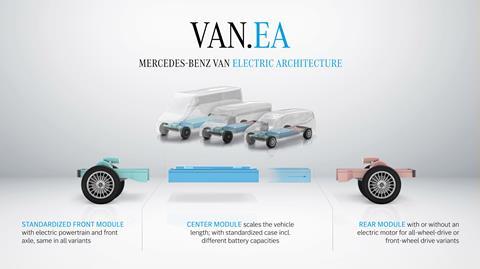
As of 2026 the company says all newly developed vans will be based on a new, single modular and scalable architecture called VAN.EA, which has been developed from scratch as a purpose battery electric vehicle (BEV).
The company notes that one of the major benefits of this new architecture will be a reduction in the complexity of its purpose-built EV product portfolio translating into significant economies of scale. It is planned to reduce the portfolio variants by more than 50% compared to current vans with an internal combustion engine (ICE) while covering the same use cases for the customers.
A modular approach and optimised parts strategy
The three modules of VAN.EA help to achieve these targets. The front module consists of the electric powertrain and the front axle, and this will be the same in all VAN.EA variants, using an optimised common parts strategy. The two other modules provide the differentiation for the customer. The centre module scales the vehicle length and locates a standardised battery case for high-voltage batteries with different capacities. The rear module will be available in two versions, one with an electric motor for the all-wheel-drive variants and one without electric motor for the front-wheel drive variants.
Reorganising production operations
The OEM also says it is reorganising its global production network with its first pure electric light commercial vehicles (eLCV) plant in Jawor, Poland. The production site for the VAN.EA-based large vans will be net carbon neutral and for the first time, Mercedes-Benz Vans says it plans to cover 100% of its energy needs through renewable energy.
In addition to the eSprinter and the Sprinter vans with ICE drivetrains, the large cab chassis based on VAN.EA will also be built in Düsseldorf, Germany. The plant in Ludwigsfelde will continue to produce Sprinter and eSprinter and will shift to become a competence centre for eVan customisation, for example for camper vans. Also, VAN.EA-based midsize vans will be built at the OEM’s plant in Vitoria, Spain.





























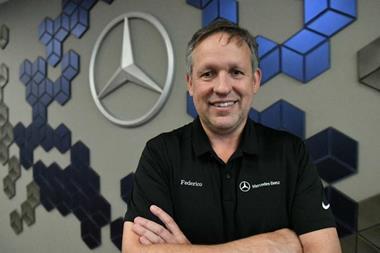
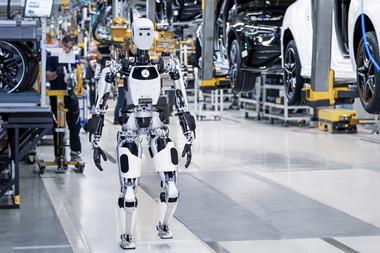
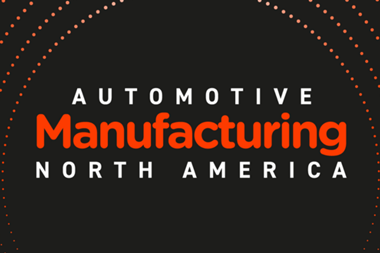
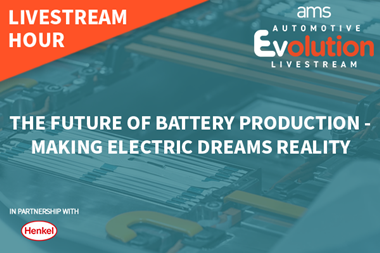





No comments yet